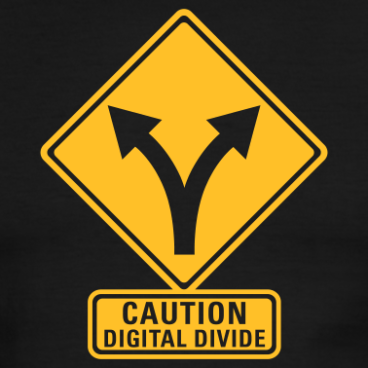So this is an apology for my readers, whoever may be kind enough to actually visit my blog that is. I know I have said that I would make more of an effort to post on a regular basis but I have been so busy with work for the last 2 months. Ohh yeah! I got a job! I am extremely lucky to have found something after the countless amounts of applications I filed out. Trust me I know this (and if it feels like there is a but coming here, then you my friend are correct) but, it hasn’t been all that I thought it would be.
I know for a fact this is not the industry nor the position I want for my career. It is not something that is particularly interesting to me and I am not in the slightest passionate about it. It’s a paycheck though, right? So what do I do? Do I stick it out for the “required” year as it is my first job or do I try to find something while working here.
I am the type of person who needs to feel like they are making a difference, not just at work but in the world. I don’t feel either in my current position. The work I do only makes the owners richer but doesn’t do much as to make the world a better place in any capacity. What I truly love to do as many of you know, is to write. To create content. To inspire. To make some kind of positive impact with my contribution.
What I really want is a job in the social media/PR/creative industry where I can be & use my creative side. I want my juices flowing. I don’t want to sit at a desk and just twiddle my thumbs. It is a cross roads that the majority of us find ourselves in. We get stuck in a job we don’t like but we just say “we’re supposed to hate our jobs anyways. No one likes work. That’s just life.” I don’t agree with this sentiment at all. You don’t have to hate your job. You can find something you truly love and are passionate about. You need to get out there and network. You need to add skills so you can be a valuable piece in the industry in which you want to work in. And that is exactly what I am doing right now. Hopefully this will open up a door to a job I truly am passionate about.
Being stressed and having a job I have no passion for has been taking control of my life for the past 2 months. I haven’t had a chance to write at all. I haven’t really been able to do much of anything. I just come home exhausted and feeling almost depressed. I know i am unhappy in this situation but I am being practical because I need the money right now. Not for myself, but to take the burden off my parents who have supported me for 24 years. I owe it to them to stay at this job until something better comes along. But boy I hope something good comes along soon! This was just my little way of venting to you beautiful people : ) Hope you don’t mind!
What are your takes on finding a career in which you can truly be happy in? Any tips or advice? Please chime in and reblog to see what others think. I would love to hear everyone’s thoughts!
Until Next Time ~Peace, Love & Respect~




